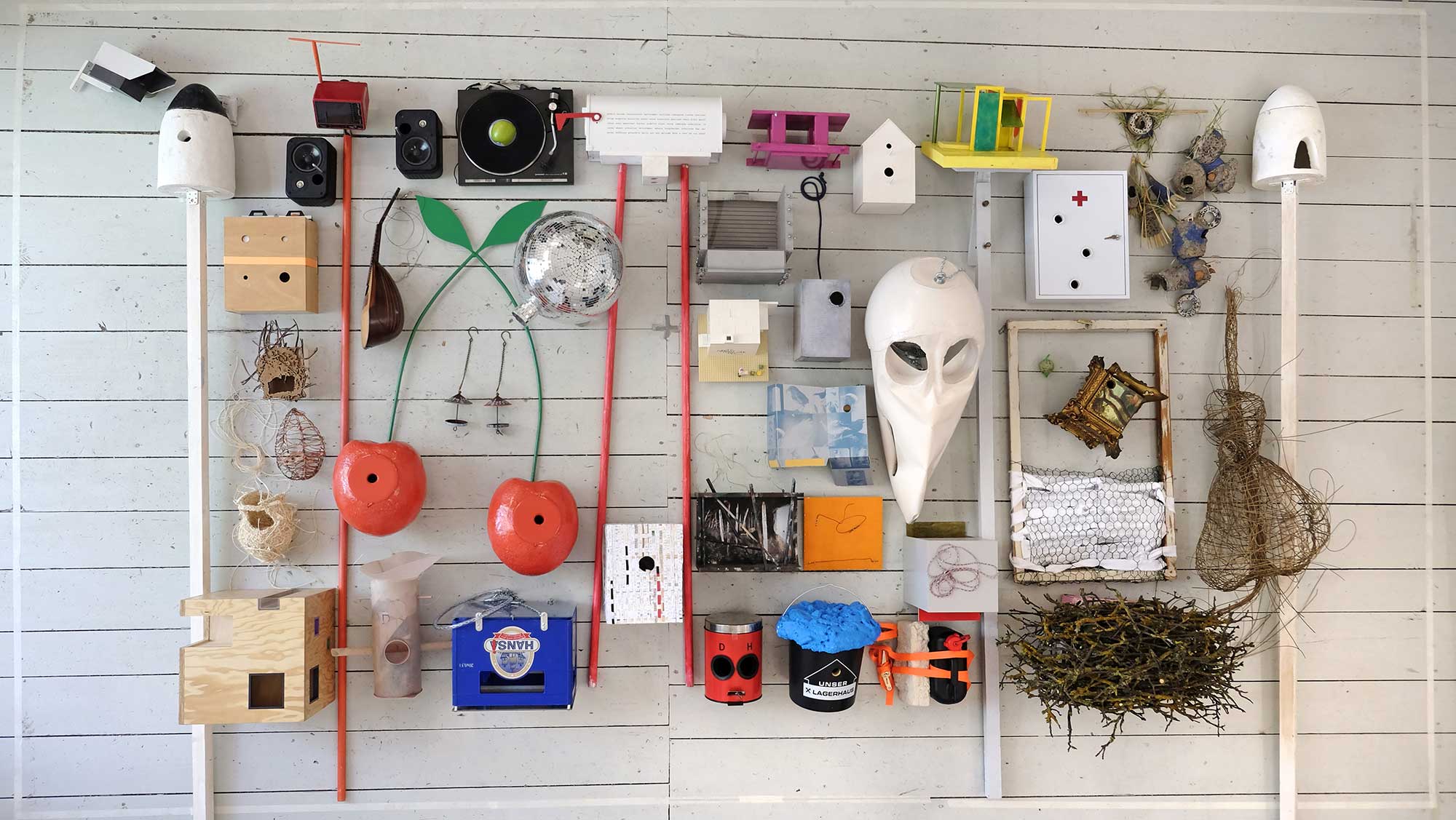
Staubmarke (dustmark)
Staubmarke (dustmark)
Staubmarke is a public space installation for the Drehmoment Festival in Stuttgart – a city affected by airborne particulate matter pollution. Controversies between public health advocates, the city, and the local industry often manifest in disputes about proper methods of measurement and the veracity of citizen-collected data.
The project visualizes air pollution by calling attention to the patina on the city’s surfaces. The dustmarks are executed as reverse graffitis, making the accumulated pollution visible by partially removing it. By calling attention to dust as a material rather than an abstract value, the project contextualizes the sensor measurements with their physical basis.
Over the following months, the dustmarks will fade, as new dust will accumulate in the cleared areas of sign. Ultimately, the project is about the limits of objectivity – just as the dustmarks are no accurate representation of pollution exposure, the quantitative metrics are subject to political debates and at the same time only able to capture a limited aspect of the complex phenomenon of particulate matter.
Project website: http://dust.zone
In collaboration with Luftdaten.info, thanks to Lara Roth, Jan Lutz, Michael Saup, Pierre-Jean Gueno, Annekatrin Baumann/HLRS, Fa. Diezel





















